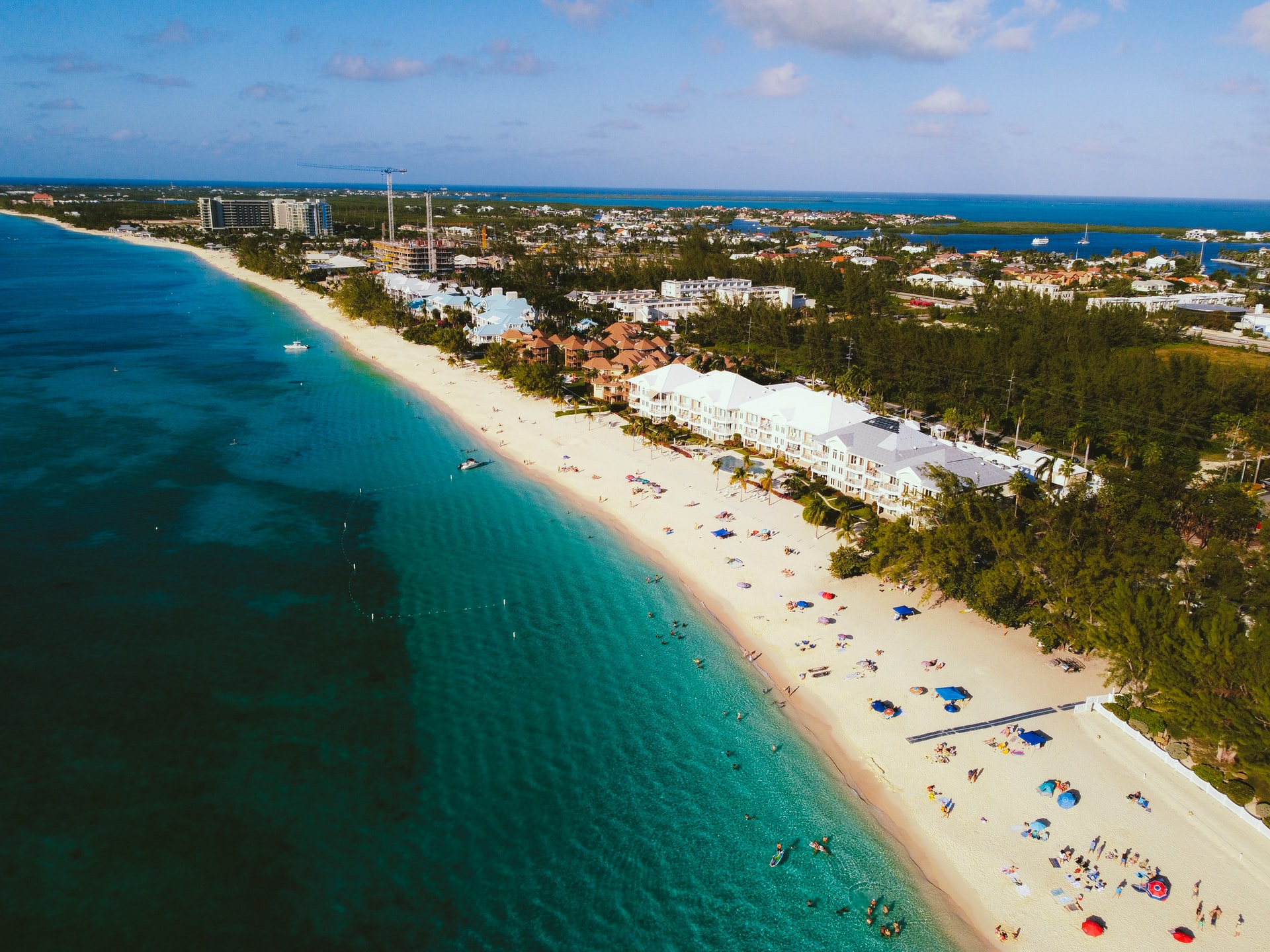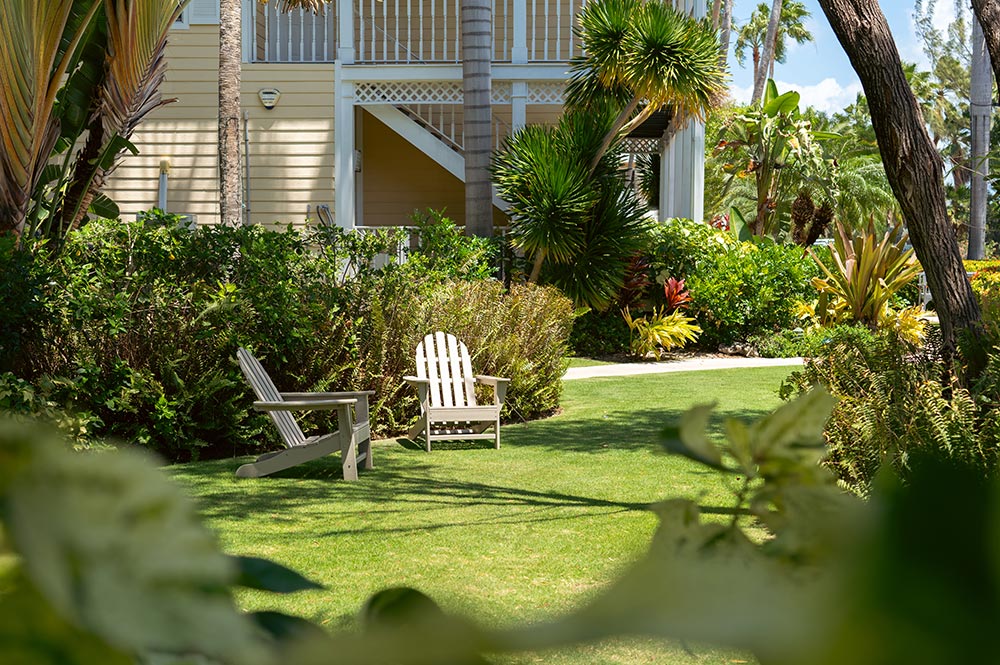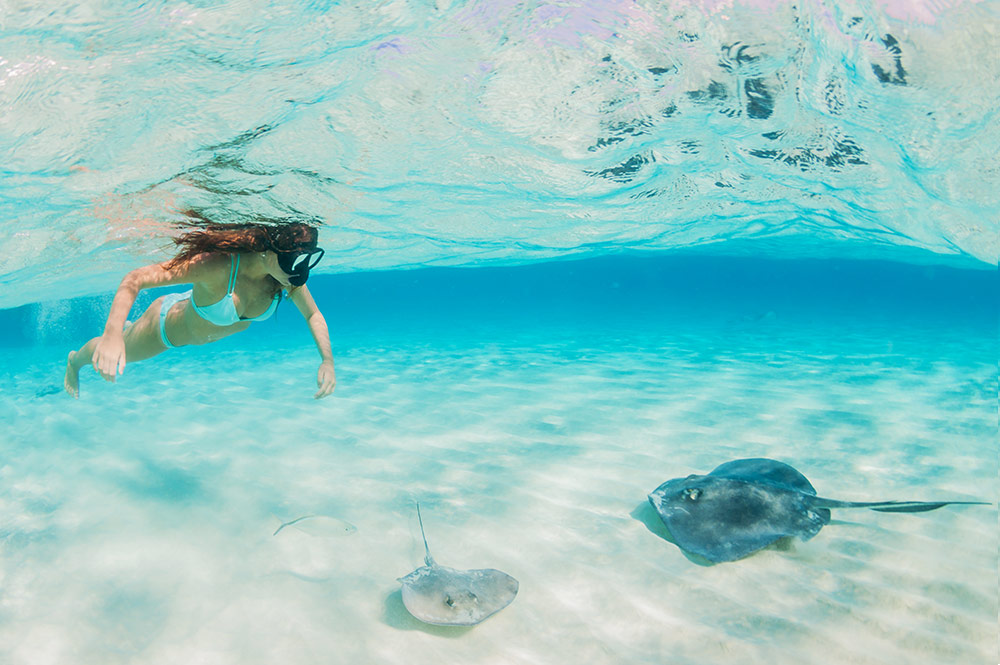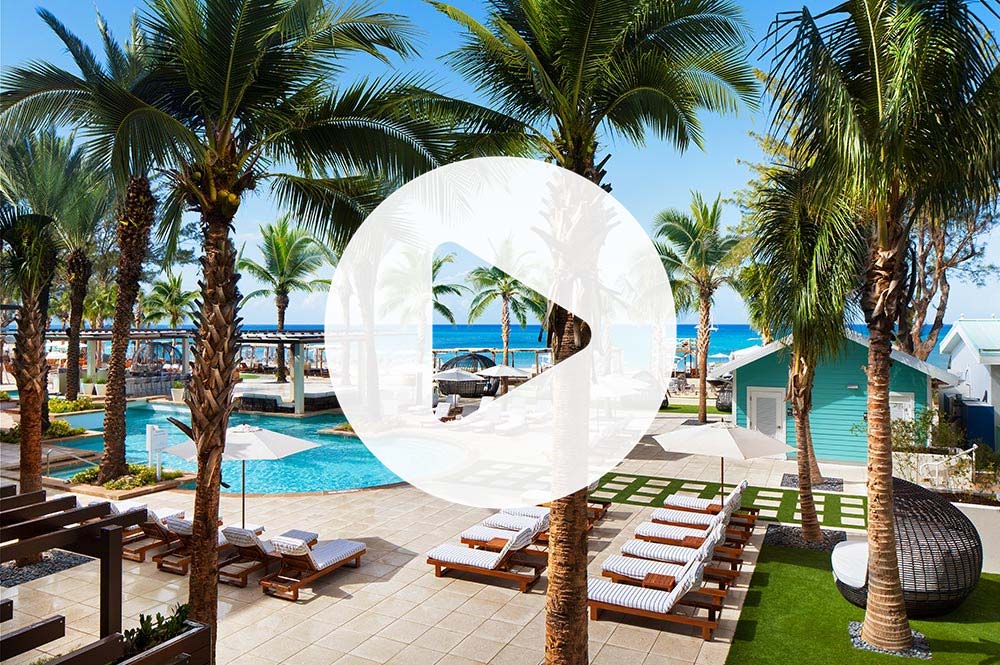Christopher Columbus first spotted the Cayman Islands during his last voyage to America in 1503. The Spanish named these islands Las Tortugas because of their abundance with turtles, but by 1530 they had been renamed Caimanas or ‘caymans’ for reports that there were some alligators present too!
The settlements on Little Cayman and Brac island were first recorded in 1661-71, but by 1670 these islands had already become British territory as a result of Madrid’s acknowledgment after the treaty was signed. Privateers from Jamaica would plunder these areas during times when they were not under Spanish control which led to Governor calling for settlers back home while Spain continuously violated its side agreements with Great Britain throughout this process – often taking loot right off our hands!

One of Cayman’s most famous legends — The Wreck Of The Ten Sail– was born on 8 February 1794 when a convoy carrying 58 merchant ships heading from Jamaica to England found themselves near death at sea. HMS Convert, which provided protection for this group and saved many lives by guiding them towards safely onto land where they could recover before continuing their journey across oceans had gone down with all but two vessels; one other warship (the Spanish privateer Elissa) managed escape after fighting against attackers who wanted nothing more than plundering these poor wretches struggling just above water level!
The mariners, privateers and shipwrecked passengers were the first inhabitants of this land. They brought with them their customs from England but integrated well into Jamaican society after 1835 when slavery ended finally allowing full Integration for black people here on these islands
The early settlers weren’t just British; there was also an influx African slaves who became partway through life-long residents alongside other newcomers like engineers or farmers looking to make homes out onto lush green fields accessible only by boat
The native turtle population of Cayman Islands had been virtually the only resource for centuries. But by 1800s, uncontrolled fishing eliminated most if not all turtles and this led to a search increasingly farther away from home as international restrictions grew limited what could be caught in local waters with gear that wasn’t advanced enough or just didn’t exist at all yet – which is why you see long lines Capture & Crabbing activities on charts today!
Although the Cayman Islands were a dependency of Jamaica, they became internally self-governing in July 1959. When that happened the people who lived there asked for more autonomy from Britain so after 1972 a new constitution was approved which gave them control over most domestic issues. The Cayman Islands had developed into a banking and tourism hub by then, enabling them to renounce aid from Britain. In 1994 they voted on revisions of their constitution which included adding a bill-of rights as well amending some rules in regards with how elected officials serve tenure periods among other changes.
Today, Caymanians are a unique people, with one-fifth being European and another fifth black. The remaining three-fifths of residents have mixed African/European ancestry or are expats from other countries who’ve moved here for work opportunities offered by our small economy.
English is the official language and the main spoken language, heard in a variety of dialects. Spanish is frequently a second language.
If you’re looking to start your vacation on the right foot, then Head over to our Special Offers page to make your reservations now!
We look forward to your visit!





